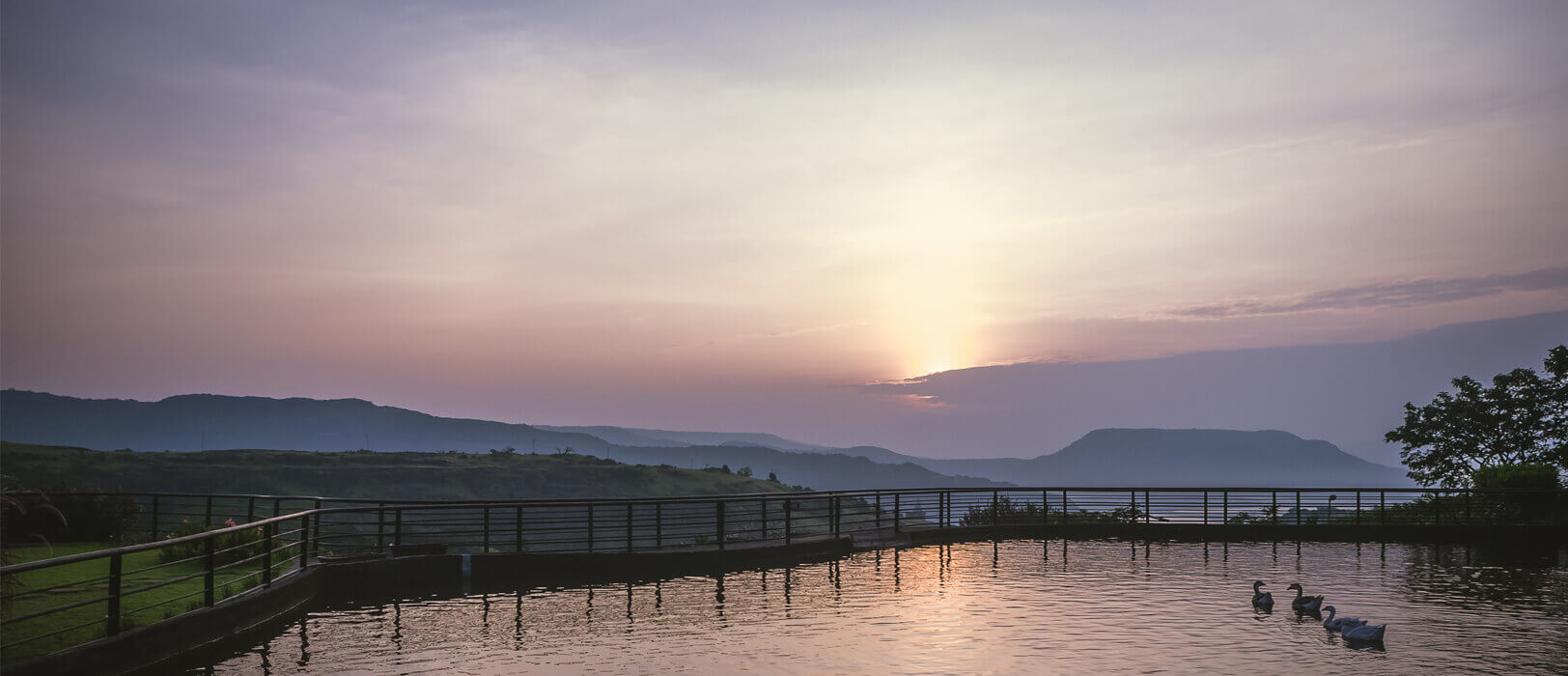
Sightseeing
Soak in nature’s bounty
The history of Lonavala goes back a few thousand years when Buddhist monks built monasteries in nearby caves. Lonavala gained popularity as a getaway and a hill station during the British Raj. This historic city was first discovered by then Governor of Bombay, Sir Elphinstone, in 1811. At the time it was a thick sparsely populated forest.
The origin of the word Lonavala can perhaps be traced back to the thick forest which became known as "Lonali". However, there is no historic evidence to support this. "Layan" in Sanskrit means a place to rest. This word, when translated in "Prakrit" becomes "Len", meaning a resting place carved out of stone. "Avali" means "series" in Prakrit. Hence, the place around which there are a series of such Len is called "Lonavali". Lonali of the past is today known as "Lonavala".
In ancient times, the Yadavas ruled todays Lonavala. Later, the Mughals realized its strategic location and ruled over for a long time. During the Maratha and Peshwa rule, the forts around this area and Maratha warriors known as "Mavlas" played an important role.
Over the years Lonavala has played host to millions of solace seekers from Mumbai and Pune. Whether it’s for a short weekend getaway or a longer recuperative stay, Lonavala has a pleasant climate throughout the year for holidaying in pleasure.
Here are some of the interesting spots and points within easy reach from Upper Deck Resort:
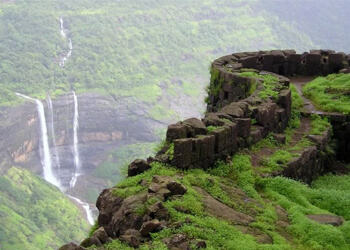
Rajmachi Fort
Rajmachi Fort is about 10 km from Lonavala and can be approached only on foot. It is surrounded by deep valleys on three sides and a thick forest on one side. It is reached through Tungarli village and Dam or from Thakurwadi station, by crossing a place called Palas Dari.

Visapur Fort
This fort is located to the east of Lohagad fort and has a huge plateau surrounding it. The fort is famous for its protective walls with intricate designs. These walls and designs have remained in good shape even after facing centuries of torrential rains.

Lohagad Fort
This fort is also approximately 10 km from Lonavala and belongs to The Shivaji Era. There is a huge cave outside the fort. This cave would be used for storing grains during the rainy season. There is a tomb here as well as a Shivlinga. Next to that, there is a tank of water with a sweet taste. On the fort there is one more place where water would be stored for use. The peculiar design on the walls of the fort is known as Vindhukata (fangs of a scorpion). It is said that Shivaji Maharaj had kept the treasures he looted from Surat in this fort for some period of time.
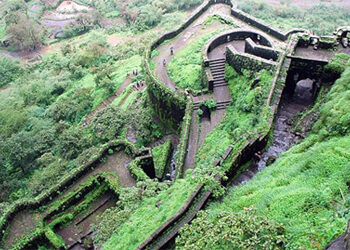
Tunga Fort
A rock piercing the horizon can be seen to the south of Lohagad, this is Tunga Fort. Pavana Dam surrounds it. This fort can be approached by motorboat from Pavana Dam. It is a stiff fort to climb as it has narrow and slippery paths for climbing. There is a temple of Mahadeo on the fort. During Shivaji's period, this fort was used for keeping a watch on other forts.
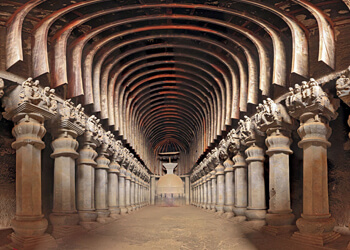
Karla Caves
These are ancient Buddhist caves that date back to 160 BC. The exquisite carvings found in these caves will leave you spellbound. At the entrance, there is a small temple of Ekvira Devi, as well as lion pillars and huge elephant forms that are carved throughout. These carvings represent the different forms of Gautama Buddha. The entrance gate is in the shape of a peepal leaf, through which one enters the huge Chaitya griha or hall. This large hall is full of stone pillars which are carved with elephant and human forms. The roof is high and semicircular. The pillars are surprisingly very smooth. There are many resting rooms around here. These rock-carved rooms are calm and ideal for meditation, with drinking water available from the surrounding water tanks.
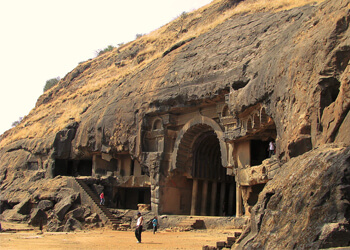
Bhaja Caves
On the way to Pune from Lonavala, the first station is Malavali. South of this station and at a distance of about 25 minutes by foot is small town called Bhaje. On one side, there is Lohagad Fort, on another side is Visapur Fort, and approximately in the center are Bhaja Caves. They are similar to Karla Caves but are much smaller. These caves are also in Chaitya style. The specialty of these caves is that the rays of the setting sun visit these caves. On the southern side, there is a place where one can see carved figures of Gods and Goddesses.
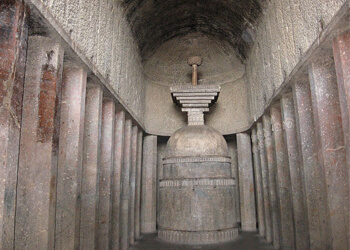
Bedsa Caves
These caves are located on Mumbai-Pune road near Kamshet, between Kadde and Bedsa. These caves are as big as Karla Caves, but as they are located aside from the main road there is not much tourist traffic at these caves. Huge Lion pillars and a large Chaitya hall with resting rooms are specialties of these caves. There are smooth and majestic lion and human form pillars in and around the area. The sunrays fall straight on the place of prayer here. These caves at Karla Bhaja and Bedsa which are called "Leny" in Marathi perhaps give the place the name "Lonali" which subsequently changed to Lonavala.
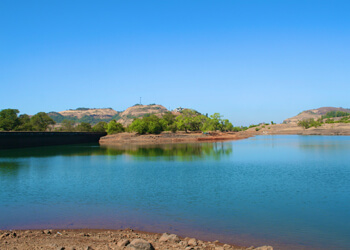
Tungarli Lake
This lake is at north of S.T. Stand near Tungarli village. It supplies water to Lonavala City. The hill gives a beautiful view of Rajmachi, Lohagad, Visapur Forts along with Lonavala City.

Lonavala Lake
This lake is owned by the central railway and is on the way to INS Shivaji. It was constructed in 1876. It is a very beautiful spot. River Indrayani is supposed to have originated here.
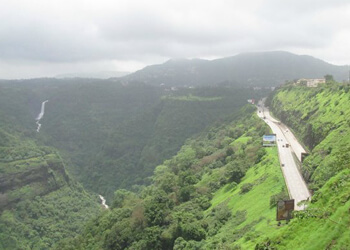
Rajmachi Park
On the way to Mumbai from Lonavala there is a beautiful garden before the beginning of the Ghats. It gives a spectacular view of the surroundings. On the east side two towers of Rajmachi Fort can be seen, and at the bottom is the huge valley. There is a restaurant here and a temple close by. The ghat begins from this point. Many people come to enjoy this view. There is a children's park here and there are regular bus services from Lonavala bus station.
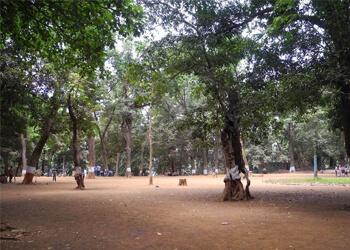
Ryewood
This is a big and beautiful garden situated near Lonavala. This garden covers a lot of ground and is full of majestic tall trees. There is an old Mahadeo temple in this park. There is history behind the name Ryewood. An English officer named Mr. Rye stayed in this place for quite some time. Thus, these woods are named after him. The name may also have originated from the Marathi words "Rai", which means thick forest. Earlier it was under the care of civil dept. In 1959, it was transferred to the State Government's Forest Department. This garden has plenty of space for children to play.

Duke's Nose
This place is named after Duke Wellington, whose pointed nose this cliff resembles. It also looks like the hood of a snake, which is why it is also called as "Nagfani" (Hood of Snake). This point can be approach from INS Shivaji and Kurwande Village.
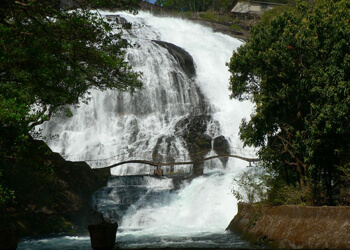
Kune Falls
Water from this waterfall comes down from a height of over 100 feet, and is majestic in appearance. This waterfall is located between Lonavala and Khandala, and can be seen from Khandala Ghat while coming from Mumbai. It flows for many days long after the monsoon is over.
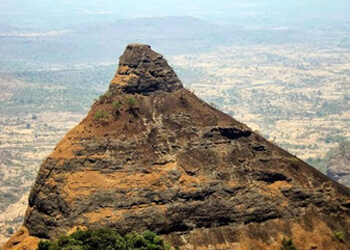
Tiger's Leap
This is a special spot in this area. If one looks at the valley carefully from this spot, it appears as if a tiger is leaping into the valley, hence the name. This spot is a short distance away from INS Shivaji and gives a fascinating view of the valley.

Sakur Plateau
On the way to INS Shivaji there is a turn and a zigzag road. At a distance of approximately 4 miles and at a height of 1000 feet is a plateau. This plateau is on the way to Ambavane village. Thick forests occupy it and it's sparsely populated. The forts of Tungi, Korigad, Lohagad etc are very close from here.

Monkey Hill
All the trains coming down from Khandala halt here for brake testing. There is a huge flat land to south of the railway tracks. This place is exactly above Khopoli town, and it can be approached from Khopoli as well as Borghat reversing station. It is a favourite picnic spot.
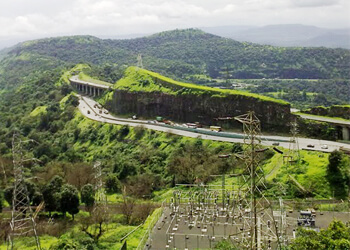
Reversing Station
This old place belonging to the railways now remains unused. This spot is outside tunnel no. 26. One can see Khopoli and the surrounding regions at the bottom.